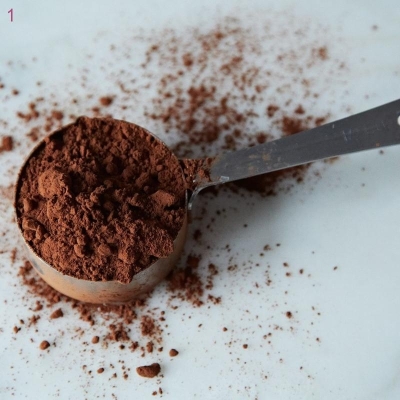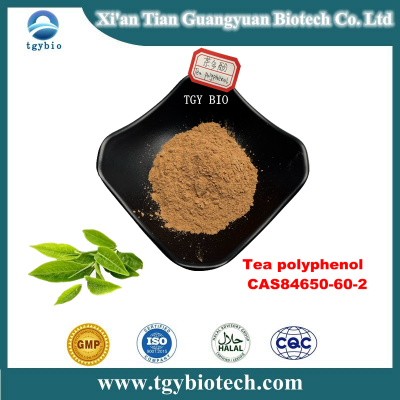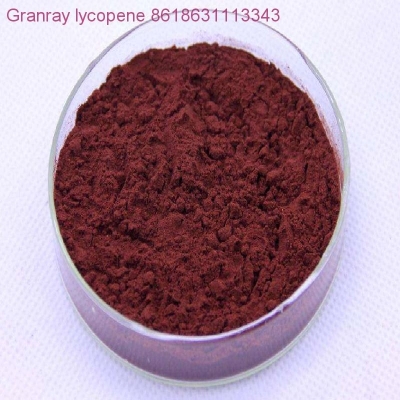-
Categories
-
Pharmaceutical Intermediates
-
Active Pharmaceutical Ingredients
-
Food Additives
- Industrial Coatings
- Agrochemicals
- Dyes and Pigments
- Surfactant
- Flavors and Fragrances
- Chemical Reagents
- Catalyst and Auxiliary
- Natural Products
- Inorganic Chemistry
-
Organic Chemistry
-
Biochemical Engineering
- Analytical Chemistry
-
Cosmetic Ingredient
- Water Treatment Chemical
-
Pharmaceutical Intermediates
Promotion
ECHEMI Mall
Wholesale
Weekly Price
Exhibition
News
-
Trade Service
With the post-90s and post-95s Baoma becoming the main force of consumption in the maternal and infant industry, how to correctly add high-quality food to infants and young children is the hard demand of the new generation of parents
Look at the standard first
At present, the food standards for infants and young children under the national mandatory standards are related to the "National Food Safety Standard Cereal Supplementary Food for Infants and Young Children" (GB 10769-2010) and the "Food Safety Standard Canned Complementary Food for Infants and Young Children" (GB 10770- 2010), mainly for grain-based complementary foods (processed and added with nutritional fortifiers), such as fortified rice flour, molar sticks and other complementary foods made of grains and canned foods such as puree, jam, vegetable puree, meat puree,
In addition, for factories that can produce "infant standard" complementary foods, there are also strict "Infant and Toddler Supplementary Food Production License Review Rules".
The difference between a product that implements the "Baby Label" and a product that implements the National Food Safety Standard is that it requires nutritional fortification.
"Woxiaoya" Infant Fruit and Vegetable Butterfly Noodles, the product category is raw cereal supplementary food for infants and young children, with added minerals and multivitamins, and marked with suitable groups: infants and young children over 8 months
"Xiaolulanlan" infant fragrant rice cake is also a "baby-label" product.
In addition to stipulating nutritional and safety indicators, the "Standards for Canned Foods for Infants and Young Children" (GB 10770) also require that the products be sterile after canning
Dairy analyst Song Liang once said that complementary food is a special food for infants and young children.
On the other hand, the current speed of product upgrading is much faster than the speed of "baby label" improvement, which has caused many products on the market not to fall within this range
So, how to choose? Industry experts suggest that you should first look at the relevant qualifications of this product, whether it is within the relevant national standards; secondly, look at the ingredient list, whether it is clean
scientific feeding
Industry experts said that attention should be paid to distinguishing complementary foods from snacks, and children can eat less between meals
The "General Requirements for Children's Snacks" stipulates that children's snacks from 3-12 years old should reduce added sugar, salt and oil, low-salt (sodium content <120 mg/100 g, nutrient reference value <5%), low-sugar food (sugar content ≤5g/100g or 100ml), should not contain trans fatty acids, and should not use irradiated raw materials; and proposed that the food additive indicators of children's snacks should be in line with the standards for infant food supplements, and the use of preservatives, artificial Colorants, sweeteners, etc.
Like the "baby is greedy" peach fruit bar, the ingredients list is peach, apple, yam, apple fiber (apple), no white sugar is added in the production process, and the sodium content is labeled as 32 mg/100 g; Weiquan "Pork Floss" contains only pork ham (92.
"Baby Label" undoubtedly puts forward higher and more comprehensive technical requirements and product guarantees for the processing of zero and complementary food, which also requires corresponding manufacturers and brand enterprises to pay higher costs to create products.
Although there are several national standards for complementary foods for infants and young children, there are still related products on the market that are not within the scope of these standards
(Wang Weihao)
"China Food News" (December 03, 2021 Edition 06)
(Editor-in-charge: Wang Ning)







